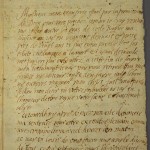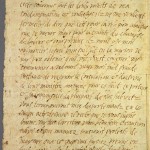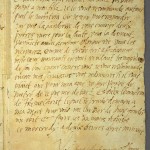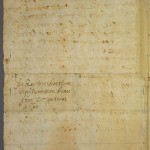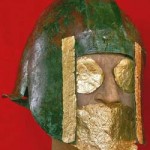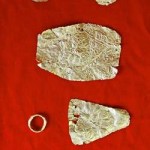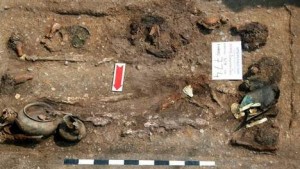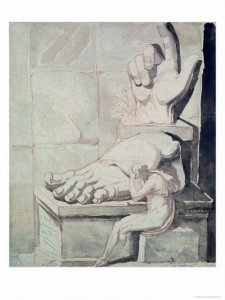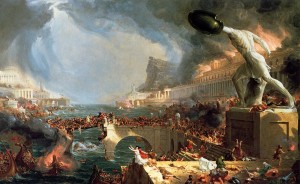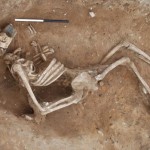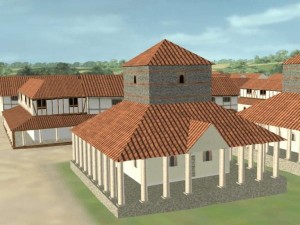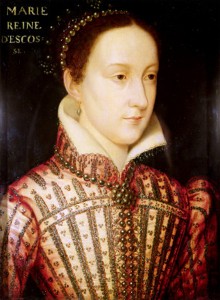 Six hours before her head was so roughly separated from her body, Mary Queen of Scots wrote one final letter to her brother-in-law from her first marriage, King Henri III of France.
Six hours before her head was so roughly separated from her body, Mary Queen of Scots wrote one final letter to her brother-in-law from her first marriage, King Henri III of France.
It it she proclaimed her innocence of any crime and accused her enemies of martyring her for her Catholic faith.
The Catholic faith and the assertion of my God-given right to the English crown are the two issues on which I am condemned, and yet I am not allowed to say that it is for the Catholic religion that I die, but for fear of interference with theirs. The proof of this is that they have taken away my chaplain, and although he is in the building, I have not been able to get permission for him to come and hear my confession and give me the Last Sacrament, while they have been most insistent that I receive the consolation and instruction of their minister, brought here for that purpose.
The bearer of this letter and his companions, most of them your subjects, will testify to my conduct at my last hour. It remains for me to beg Your Most Christian Majesty, my brother-in-law and old ally, who have always protested your love for me, to give proof now of your goodness on all these points: firstly by charity, in paying my unfortunate servants the wages due them – this is a burden on my conscience that only you can relieve: further, by having prayers offered to God for a queen who has borne the title Most Christian, and who dies a Catholic, stripped of all her possessions.
She died on February 8, 1587, but her doctor didn’t manage to deliver to the letter to Henri until the end of the year. Ultimately it was Philip II of Spain who fulfilled her obligation to her servants, paying their back wages and pensions via his ambassador, Bernardino Mendoza.
The letter remained in the French royal archives until it was donated to Scots College seminary in Paris as a relic of her martyrdom. The College was dissolved after the French Revolution, its archives scattered.
The letter passed through the hands of a variety of collectors after that, until a group of subscribers raised the funds to purchase it and donate it to the Scottish nation in 1918. It was kept in the Advocates Library until the National Library of Scotland was created in 1925, and that’s where it’s been ever since, kept in an air and light-tight safe.
Now, to draw people in to its new visitors’ center and showcase its rare treasures of Scottish history, the National Library has put the letter on public display, but only for a week because of its fragile state of preservation.
Tomorrow, September 21st, is the last day it will be available for public viewing. The response has been phenomenal so far. People have been flocking to the exhibition — more than a 1,000 visitors a day — so I’m sure tomorrow will be see crowds galore.
If you happen to be in Edinburgh, wear comfy shoes and get in line because you won’t likely have an opportunity like this again.
If like me you happen not to be anywhere near Edinburgh, the pictures and translations from the National Library will have to suffice.
